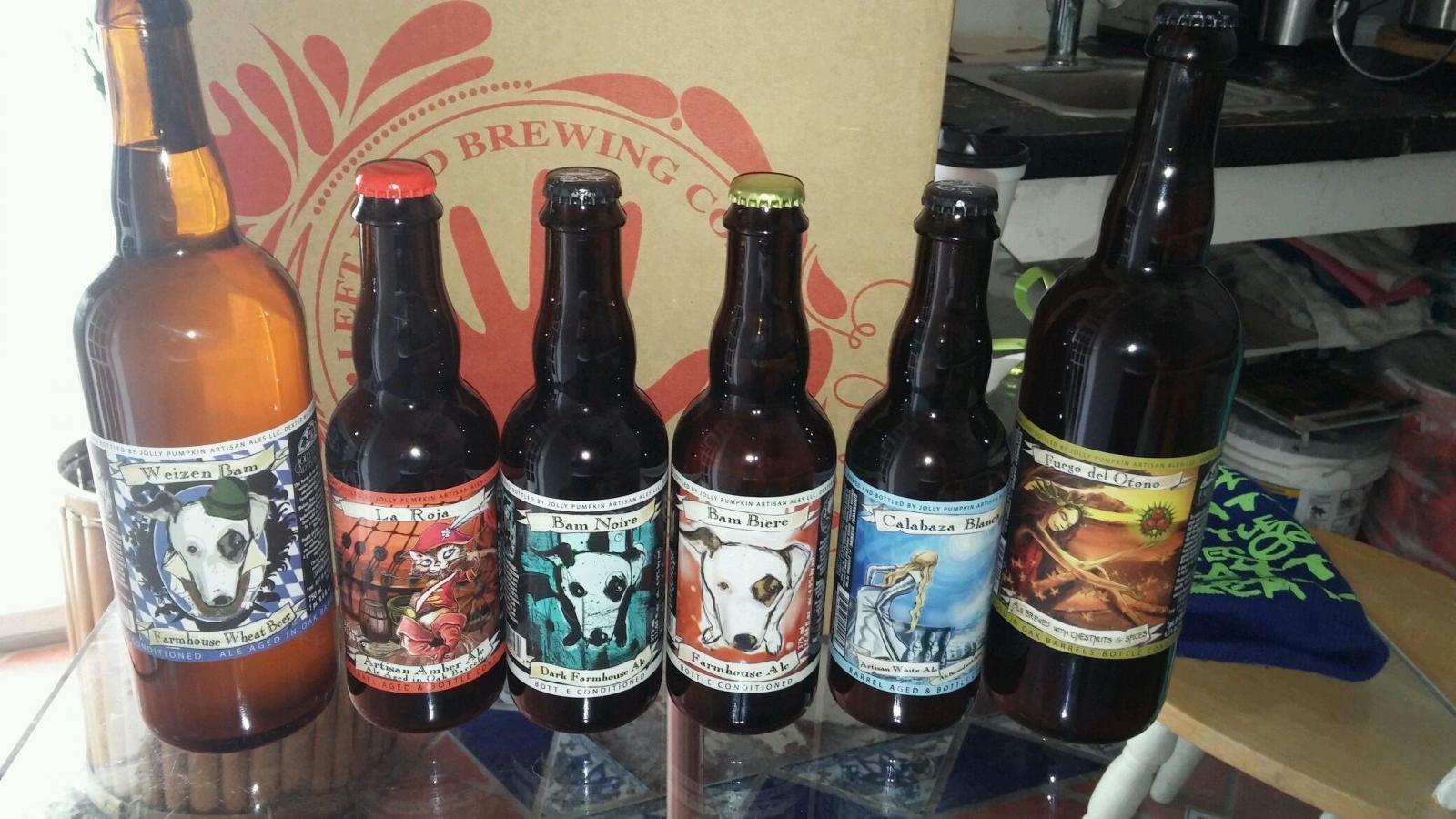I have someone bringing me a few of Jolly Pumpkin beers back from Chicago. I have only tried Jolly Pumpkin on draft once, I don't think they normally distribute where I live. I would really like to brew something with the dregs from some (or all) of these. Since I don't really know much about these beers, I don't really know where to begin.
Are any of these better than others for culturing dregs?
Would some of them make a good combo? OR is there a combo I should avoid?
What style will they pair best with?
Should I forget about pitching some of these right away and age them for a while for my maximum enjoyment?
Basically the plan is to brew up a lambic or saison, or maybe even a flanders style and pitch a few bottles on brew day with an ale yeast. I just don't know which ones to crack in to, or if I should pitch a commercial blend with them.

Are any of these better than others for culturing dregs?
Would some of them make a good combo? OR is there a combo I should avoid?
What style will they pair best with?
Should I forget about pitching some of these right away and age them for a while for my maximum enjoyment?
Basically the plan is to brew up a lambic or saison, or maybe even a flanders style and pitch a few bottles on brew day with an ale yeast. I just don't know which ones to crack in to, or if I should pitch a commercial blend with them.










![Craft A Brew - Safale BE-256 Yeast - Fermentis - Belgian Ale Dry Yeast - For Belgian & Strong Ales - Ingredients for Home Brewing - Beer Making Supplies - [3 Pack]](https://m.media-amazon.com/images/I/51bcKEwQmWL._SL500_.jpg)















































